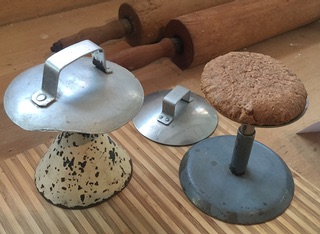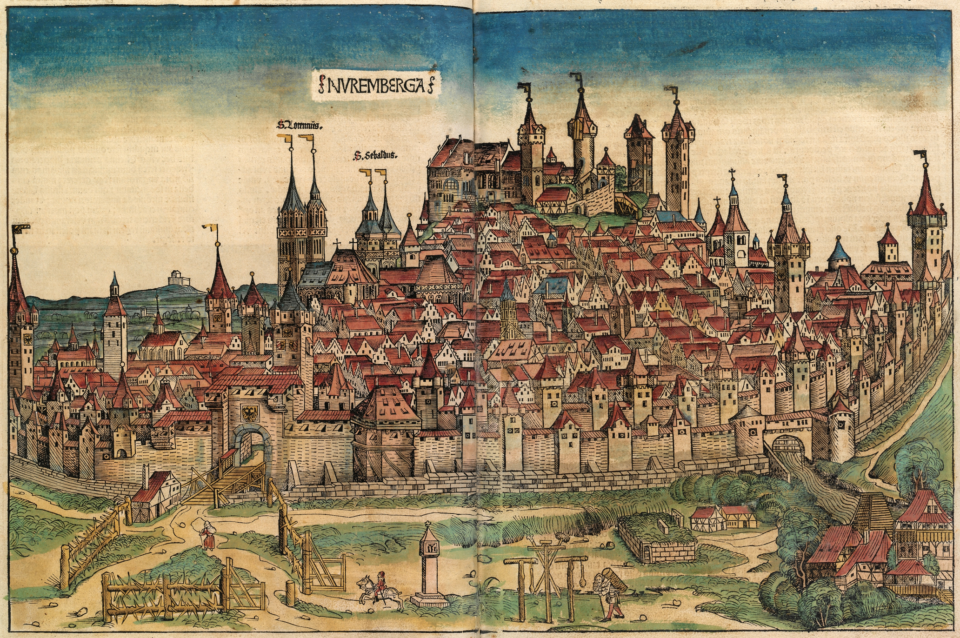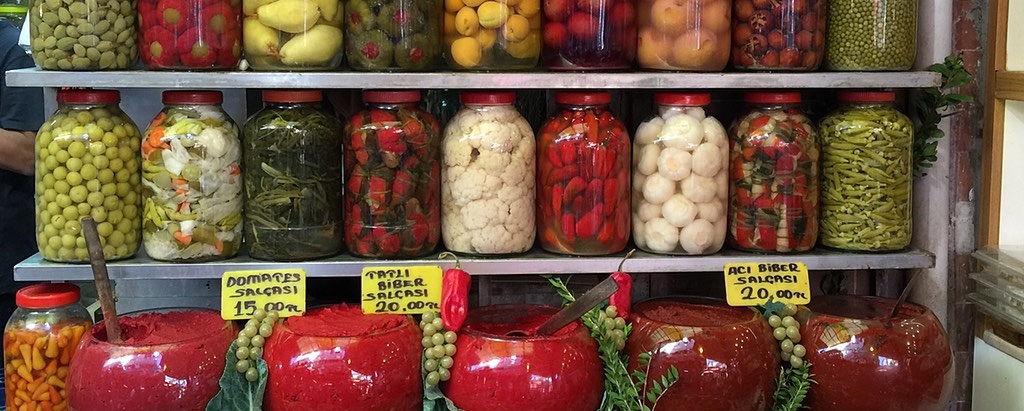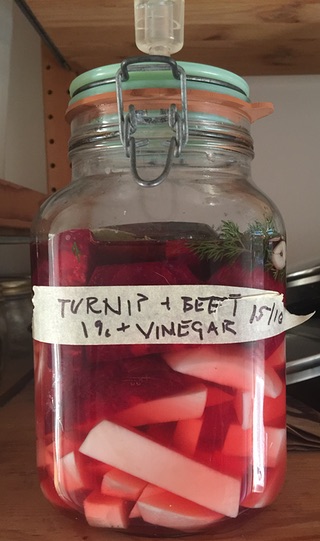
Podcast: Play in new window | Download (Duration: 20:52 — 16.8MB)
Subscribe: Google Podcasts | Spotify | Android | RSS | More
 Nürnberg, or Nuremberg if you want to avoid umlauts, means different things to different people. Indeed it means different things to a single person: me. There’s all the nasty stuff, and then there are the artists, the composers and, first and foremost – the cookies. Lots of things call themselves lebkuchen, but the ones from Nuremberg are the only ones with a protected geographical indication. They are one of the high spots of German festive baking, but one that I have never attempted myself.
Nürnberg, or Nuremberg if you want to avoid umlauts, means different things to different people. Indeed it means different things to a single person: me. There’s all the nasty stuff, and then there are the artists, the composers and, first and foremost – the cookies. Lots of things call themselves lebkuchen, but the ones from Nuremberg are the only ones with a protected geographical indication. They are one of the high spots of German festive baking, but one that I have never attempted myself.
For ages, I have wanted to know what makes Nuremberger lebkuchen so special, but the first time I visited the city it was springtime and all the traditional lebucken shops were, quite properly, closed. My second visit was last October, in the full flood of lebkuchen season, and I was incredibly lucky that the person I was going to see happened to know of someone he called “a lebkuchen superstar”.
Notes
- Uwe Felch has a website for his traditional Nürnberger lebkuchen but I don’t think he does mail order.
- If you really want to try making Nuremberger lebkuchen at home (I still haven’t) I did find one recipe online that looked authentic and manageable, although I wouldn’t bother with the glaze. No gilded lilies for me. Kim even has a recipe for the spice mixture, though whether it is the same as Uwe’s, only Uwe would know.
- Nürnberger Bratwürste also have an IGP and are also delicious. Maybe next time …
- Music by the St. Thomas Boys Choir, Leipzig.
- Cover and other photos by Joschi Kuphal. Banner photo by me. Coloured woodcut of Nuremberg, aptly, from the Nuremberg Chronicle.



 To me, a pedant and a purist, a pickle by rights ought to have gone through a proper fermentation. It might have been pasteurised afterwards and bottled, but at some stage it needs to have supported microbial activity. And yet, I don’t think of kombucha as pickled tea or yoghurt as pickled milk. Maybe that’s because they aren’t salted. Just being boiled in vinegar or soaked in brine doesn’t qualify either, for me.
To me, a pedant and a purist, a pickle by rights ought to have gone through a proper fermentation. It might have been pasteurised afterwards and bottled, but at some stage it needs to have supported microbial activity. And yet, I don’t think of kombucha as pickled tea or yoghurt as pickled milk. Maybe that’s because they aren’t salted. Just being boiled in vinegar or soaked in brine doesn’t qualify either, for me.
